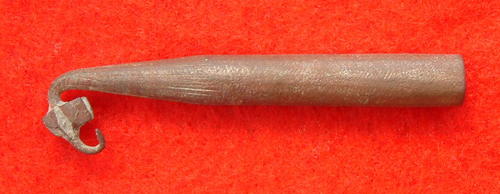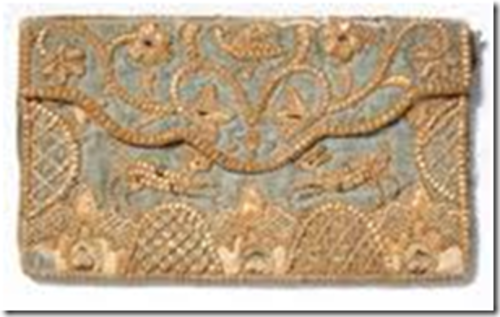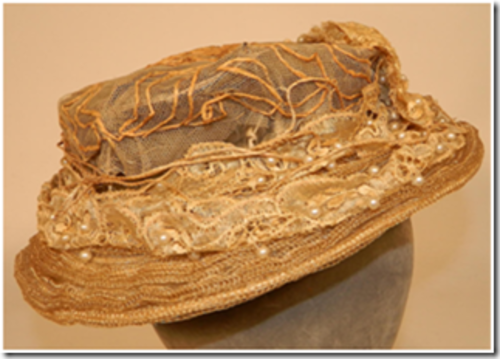View the relisted Item
Antique `Straw Splitter` dated around 1820 Ref. MA1c
Check my rate
| Main centres: | 1-3 business days |
| Regional areas: | 3-4 business days |
| Remote areas: | 3-5 business days |
Product details
Antique 'Straw Splitter' dated around 1820 Ref. MA1c

Farmers' wives, however, soon created other objects out of straw. Hats, bee hives, decorative mats , baskets and rope to tie sheaves of grain soon made their appearance.
At a time when the average agricultural wage was between 10s and 12s a week, straw plaiting wives could earn appreciably more than their husbands and childrens contributions to the family income were considerable.
However, during the early 18th century and right through to the late 1890's very decorative and ornamental pieces made their appearance, apart from hats. Bags, covers for books, mats, pictures, etc. were in great demand, all due to the fine work which could now be accomplished by the use of the Straw Splitter.
Typical examples of 'Straw Work" around 1800-1850


During the late 1700's, Straw Splitters made of wood and bone were introduced. This small instrument was used to split the straw into thin lengths, making it easier to use and also to create much finer work. It is unclear where they evolved or who was responsible for the idea. However, within a few years, after 1800, the first metal spitters were being produced. It was much easier to manufacture splitters from metal to meet the growing demand required by fashion at that time. They were made by blacksmiths and every one was hand forged. No two were ever alike. Some of the stem splitters handles are 3 or so inches in length, while others could reach 8 inches or more in length. It dependent upon the blacksmith. Most metal splitters were very plain, just the roughly polished metal handle such as the examples on offer.
The Straw Splitter offered above, were uncovered by metal detecting in the dirt floor of a ancient barn in England. Manufactured from brass and protected from the elements, this possibly explains the reason why they remain in pretty good condition. It would also have been a lot easier for the blacksmith to make the splitters in brass as the small thin pointed ends would have been difficult to execute in iron.
The Straw splitter above measuring roughly 58mm long and 7mm in diameter.
Dating them is difficult but I would suggest that they are from the early 1810's to 1820's.
Please note, I am NOT a qualified archaeologist/antiquarian and the description I have given is based on research of the subject.
This is a genuine antique. Please remember the classification of an 'antique' is that it should be 100 years old, OR MORE. There are many articles being offered as 'antiques' when, clearly, they are not.
Price R180.00
Terms: We offer a strict three-day approval period from the date the parcel reaches you. Refunds/credits are based on the cost of the article, NOT including delivery charges. Please advise us within this period whether you would like to return any article for a refund/credit. Although we pride ourselves in our packing, the buyer remains responsible for loss, non-arrival or damage to goods being sent to, or returned.